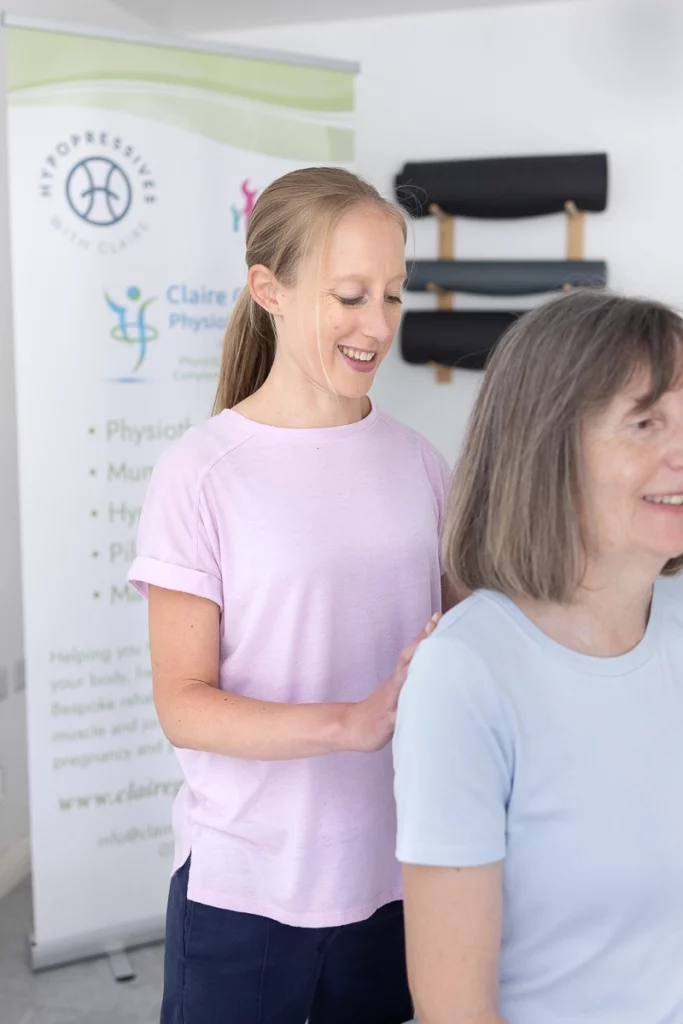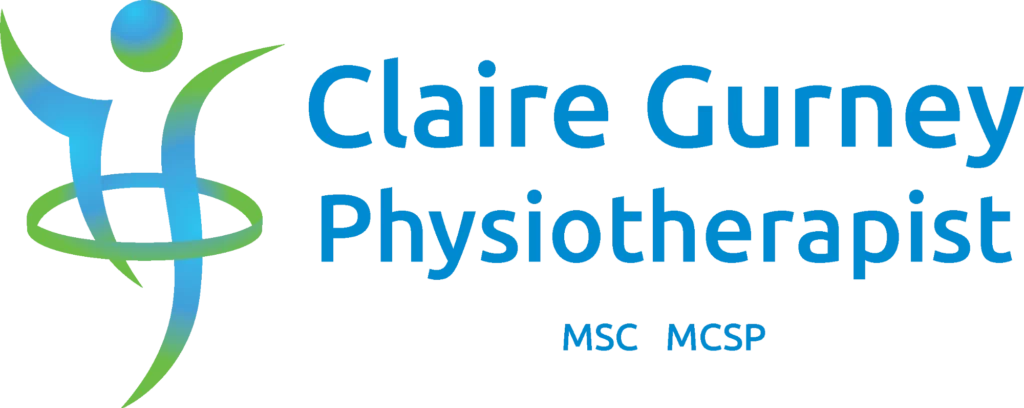Lower back pain is exactly what it sounds like – pain or discomfort in the lower back, which may extend to the hips and buttocks. Sometimes issues with the lower back can lead to pain, numbness and tingling in the legs, a condition known as sciatica or radicular pain.
What causes it?
Lower back pain can originate from various structures, such as muscles, vertebral joints, nerves and the shock-absorbing discs within the spine. Determining the exact cause of the pain can be challenging, however the good news is most cases of lower back pain are not severe, typically resolving within 6 to 12 weeks.
Lower back pain often results from sudden incidents (such as deadlifting heavy weights with improper form or poor training techniques) or long-term stress on the lumbar spine (like repetitive manual labour or prolonged sitting). Factors like genetics, previous injuries and overall fitness can determine how likely you are to develop lower back pain. If you’re experiencing acute lower back pain, frequent flare-ups, or persistent pain, physiotherapy can help you to pinpoint the cause of your pain.
Self-help tips for lower back pain
Lower back pain is very common, affecting up to 28% of adults in the UK. It is often not serious and can be managed and prevented with simple steps.
If you have a sudden episode of lower back pain:
· Try to keep moving as much as possible. There is no right or wrong way to sit, stand, or lie down—find what is comfortable for you and change positions at least every 30 minutes.
· Apply ice or heat to your back, depending on which feels more comfortable. Some people find relief by alternating between the two every 2 minutes for a total of 5 cycles.
· Engage in gentle exercises and stretches. Some discomfort is normal, but avoid anything that significantly worsens your pain.
If you have chronic lower back pain or frequent episodes:
· Try gentle forms of exercise that improve mobility and core strength, such as Hatha yoga or Pilates.
· Move regularly throughout the day. If you have a sedentary job or lifestyle, aim to change positions (e.g. from sitting to standing) every 30 minutes, or take short, brisk walks during breaks. Regular movement will help prevent your back from becoming stiff and deconditioned.
· Self-massage can also help. Often, back pain is due to tight muscles. Using a massage gun, tennis ball, or foam roller on your lower back and upper glutes for up to 3 minutes at a time can provide relief.
If you would like to discuss how physiotherapy can help you, contact me to schedule a call or appointment.


